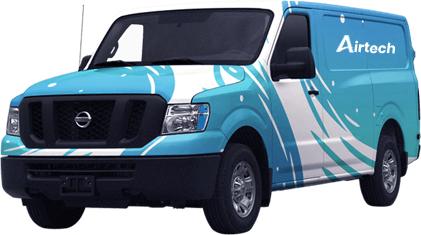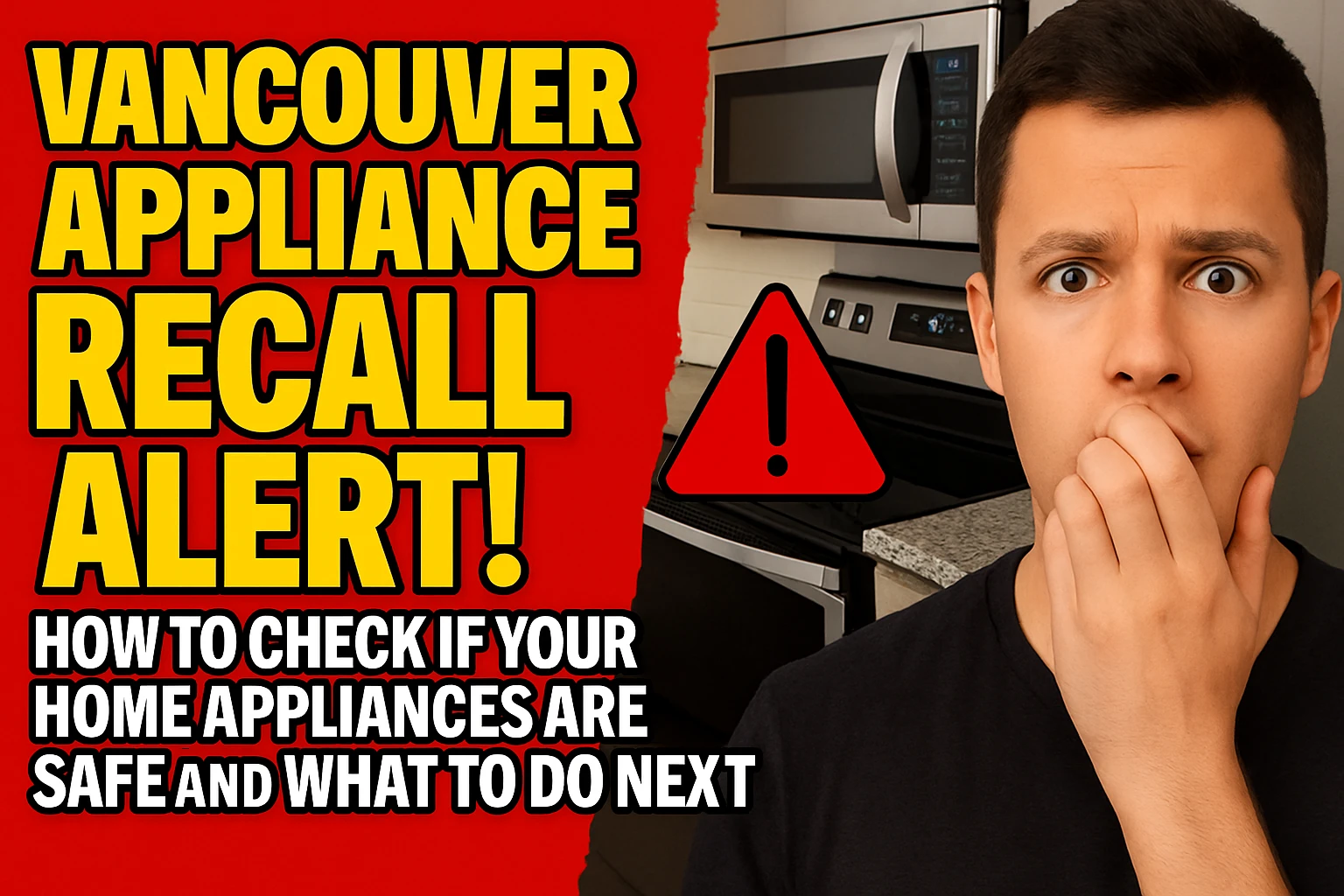Wondering if your trusty kitchen appliances are hiding a dangerous secret? Join us as we dive into the essential steps every Vancouver homeowner needs to know about checking for appliance recalls and protecting their family from potential hazards lurking in their own home.Picture this: you’re whipping up Sunday brunch for the family when suddenly your range’s front knobs start glowing red-hot without you even touching them. Scary, right? This exact scenario has been happening to homeowners across Vancouver, and it’s all thanks to appliance recalls that many people don’t even know about. As someone who’s spent years helping Vancouver families navigate the wild world of home maintenance, I can tell you that staying on top of appliance recalls isn’t just smart – it’s absolutely crucial for keeping your loved ones safe.The reality is that appliance recalls happen way more often than most of us realize. From ranges with rogue knobs to dishwashers with sketchy power cords, manufacturers are constantly discovering safety issues that require immediate attention. The good news? There are simple steps you can take to stay informed and protect your home.Think of appliance recall checking like getting regular health check-ups for your home. Just like you wouldn’t skip your annual physical, you shouldn’t skip checking whether your appliances are on any recall lists. It’s one of those adulting tasks that seems boring until it literally saves your life – or at least prevents your kitchen from going up in flames.
Key Outtakes:
- Major appliance brands like LG, Samsung, Wolf, and Whirlpool have issued significant recalls affecting thousands of Vancouver homes
- Front-mounted range knobs pose fire hazards when accidentally activated by pets or people
- Health Canada provides free notification services to alert you about new recalls in your area
- Most recall fixes are completely free, including parts, labor, and sometimes even full replacements
- Checking your appliances takes just minutes but can prevent serious injuries, fires, and property damage
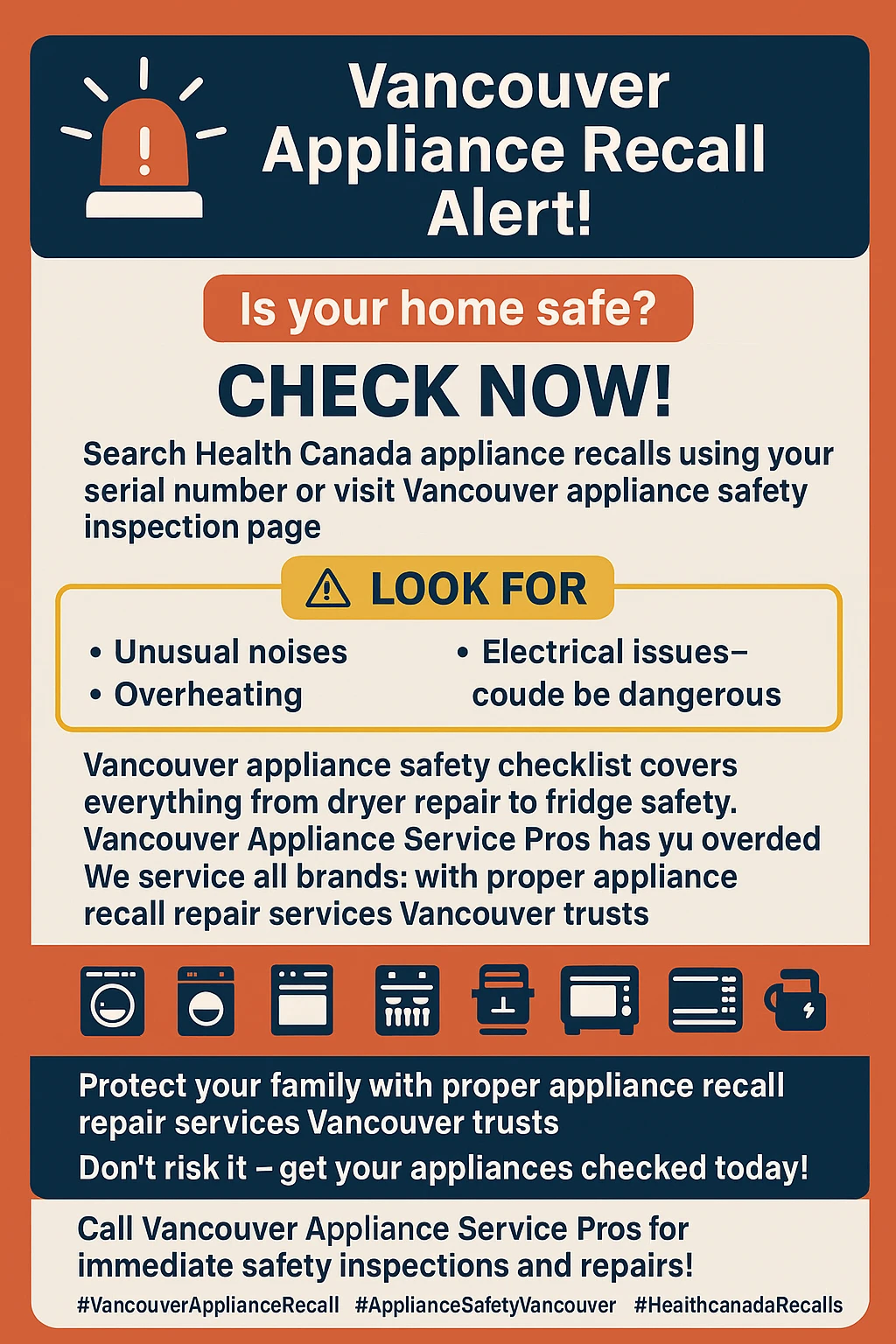
Understanding Appliance Recalls and Why They Matter
Let me break down what’s actually happening with appliance recalls in Vancouver right now. We’re not talking about minor inconveniences here – we’re dealing with serious safety hazards that have already caused injuries and property damage across Canada. The recall landscape has been particularly intense lately, with major manufacturers like LG, Samsung, and Wolf all issuing voluntary recalls for various appliance models.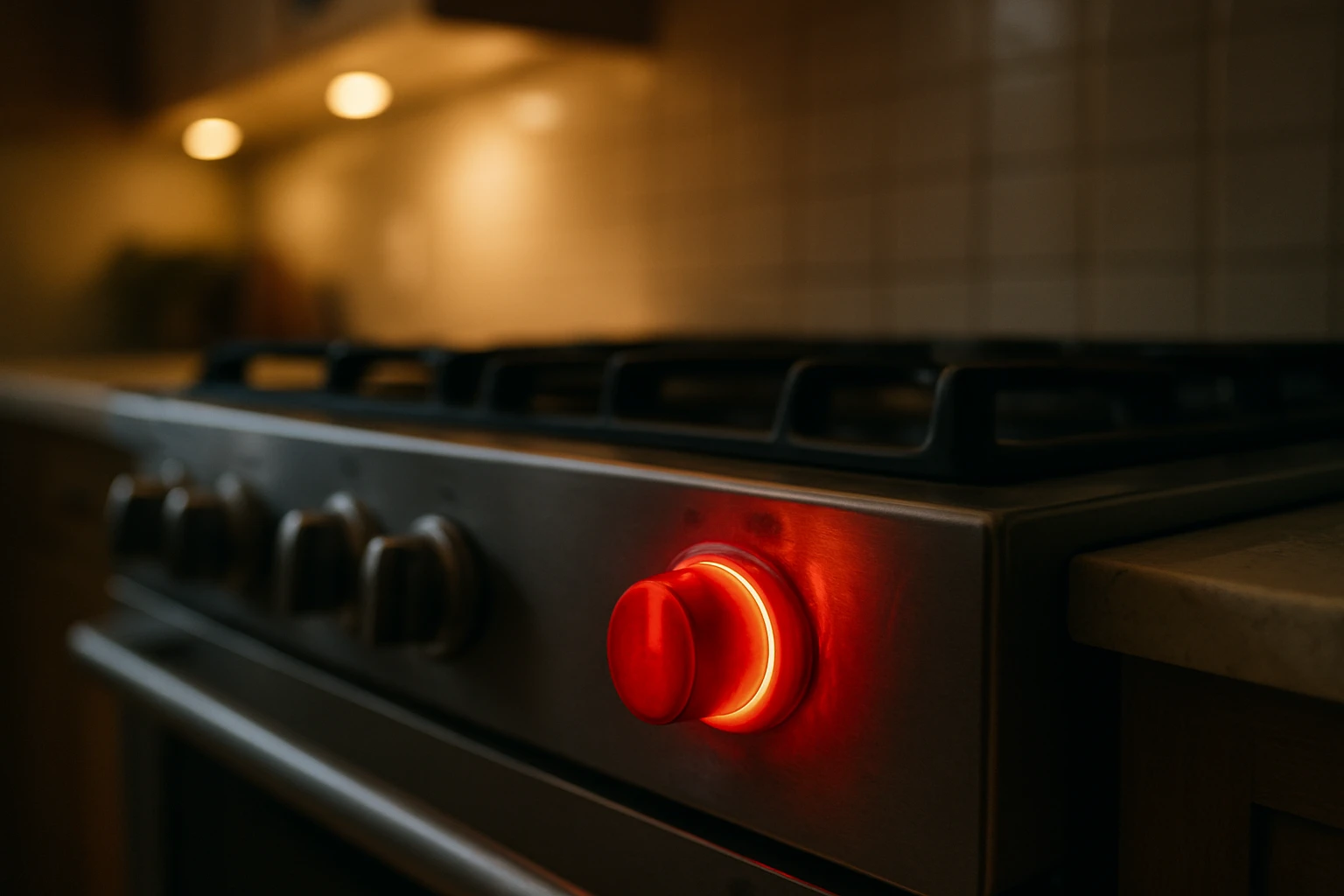 Here’s the thing that really gets me fired up about this topic: so many homeowners have no idea their appliances are potentially dangerous. I’ve walked into countless Vancouver homes where families are unknowingly using recalled appliances every single day. It’s like driving a car with faulty brakes – you might be fine for a while, but eventually, something’s going to go wrong.The most common types of recalls we’re seeing right now involve ranges and dishwashers. Range recalls often focus on front-mounted knobs that can be accidentally activated, creating fire hazards when flammable objects are left on the cooking surface. Dishwasher recalls typically involve power cord issues, ice maker problems, or components that can break apart and create choking hazards. These aren’t abstract problems – they’re real safety issues affecting real families.What makes this particularly frustrating is that many of these safety issues are preventable with proper notification systems. Health Canada has been working overtime to get the word out about these recalls, but the responsibility ultimately falls on us as homeowners to stay informed and take action when necessary.
Here’s the thing that really gets me fired up about this topic: so many homeowners have no idea their appliances are potentially dangerous. I’ve walked into countless Vancouver homes where families are unknowingly using recalled appliances every single day. It’s like driving a car with faulty brakes – you might be fine for a while, but eventually, something’s going to go wrong.The most common types of recalls we’re seeing right now involve ranges and dishwashers. Range recalls often focus on front-mounted knobs that can be accidentally activated, creating fire hazards when flammable objects are left on the cooking surface. Dishwasher recalls typically involve power cord issues, ice maker problems, or components that can break apart and create choking hazards. These aren’t abstract problems – they’re real safety issues affecting real families.What makes this particularly frustrating is that many of these safety issues are preventable with proper notification systems. Health Canada has been working overtime to get the word out about these recalls, but the responsibility ultimately falls on us as homeowners to stay informed and take action when necessary.
Current Major Appliance Recalls Affecting Vancouver Homes
Now that we understand why recalls matter, let’s dive into the specific recalls that are currently affecting Vancouver homeowners. This information comes directly from Health Canada and manufacturer notifications, so you can trust that these are legitimate safety concerns requiring immediate attention. 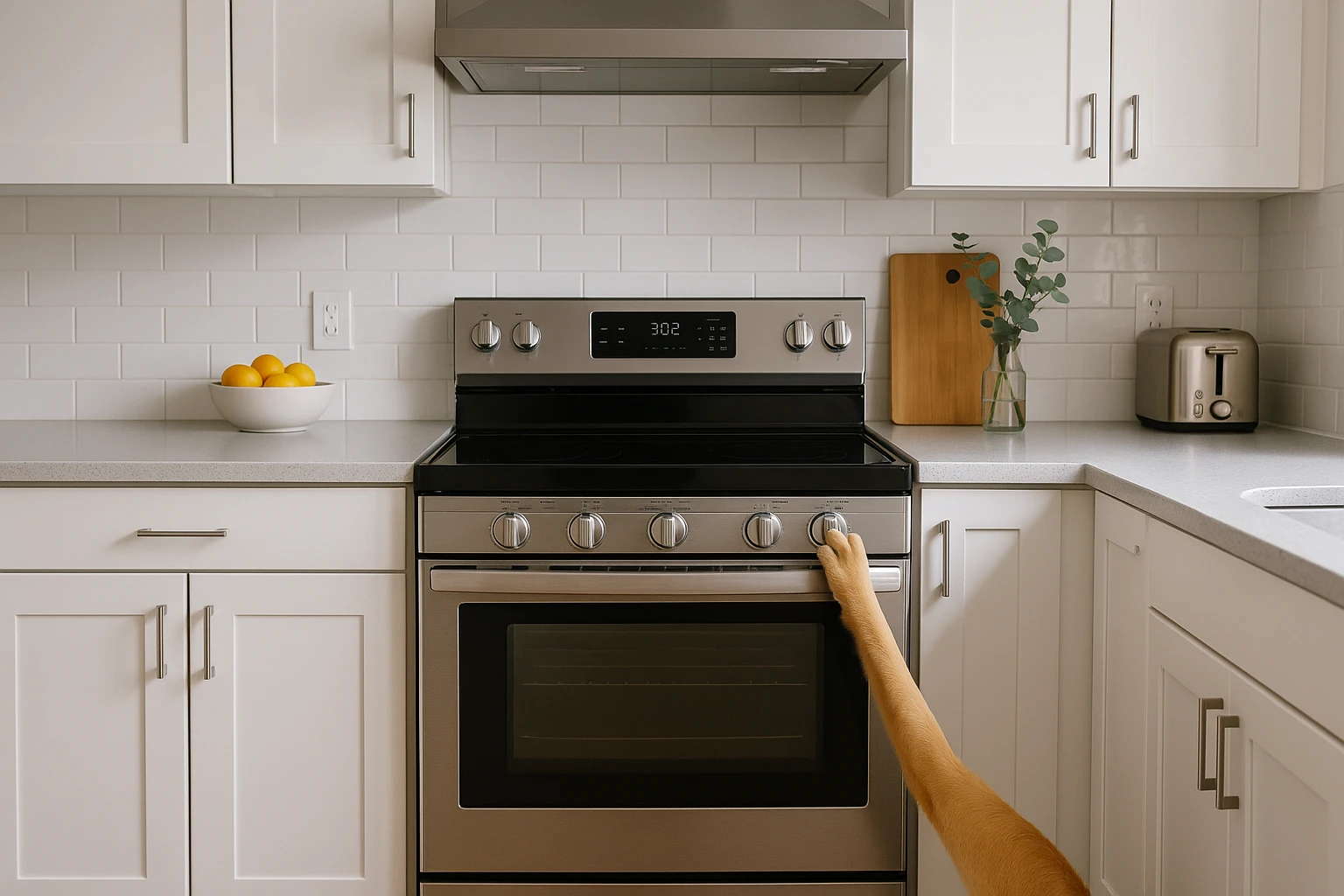 The LG range recall is probably the most significant one affecting Vancouver homes right now. LG Electronics Canada issued a voluntary recall in cooperation with Health Canada for certain electric slide-in and freestanding ranges with front-mounted knobs. These ranges were sold between May 2016 and June 2024 at major retailers like Best Buy, Home Depot, Lowe’s, and Costco – basically everywhere Vancouver families shop for appliances.The problem with these LG ranges is that the front-mounted knobs can be accidentally activated by humans or pets, creating a serious fire hazard. LG has received multiple reports of unintentional activation, including some reports of actual fires and minor injuries. The affected models include LDE4413ST, LSE4611ST, LSE4611BD, and several LSEL models with specific serial number ranges.Samsung jumped on the recall bandwagon in September 2024 with their own voluntary recall of slide-in electric range models. Similar to the LG issue, Samsung’s recall addresses potential knob activation through accidental contact by people or pets. The affected models were sold from 2013 to 2024, which means thousands of Vancouver homes could be affected by this recall.Wolf Appliance took a different approach with their recall of dual fuel ranges with infrared griddles. This recall, announced in cooperation with Health Canada, involves potential safety hazards that require in-home repairs by Wolf Factory Certified Service professionals. What I appreciate about Wolf’s approach is that they’re providing free in-home repairs rather than asking customers to figure out the fix themselves.
The LG range recall is probably the most significant one affecting Vancouver homes right now. LG Electronics Canada issued a voluntary recall in cooperation with Health Canada for certain electric slide-in and freestanding ranges with front-mounted knobs. These ranges were sold between May 2016 and June 2024 at major retailers like Best Buy, Home Depot, Lowe’s, and Costco – basically everywhere Vancouver families shop for appliances.The problem with these LG ranges is that the front-mounted knobs can be accidentally activated by humans or pets, creating a serious fire hazard. LG has received multiple reports of unintentional activation, including some reports of actual fires and minor injuries. The affected models include LDE4413ST, LSE4611ST, LSE4611BD, and several LSEL models with specific serial number ranges.Samsung jumped on the recall bandwagon in September 2024 with their own voluntary recall of slide-in electric range models. Similar to the LG issue, Samsung’s recall addresses potential knob activation through accidental contact by people or pets. The affected models were sold from 2013 to 2024, which means thousands of Vancouver homes could be affected by this recall.Wolf Appliance took a different approach with their recall of dual fuel ranges with infrared griddles. This recall, announced in cooperation with Health Canada, involves potential safety hazards that require in-home repairs by Wolf Factory Certified Service professionals. What I appreciate about Wolf’s approach is that they’re providing free in-home repairs rather than asking customers to figure out the fix themselves.
How to Check If Your Appliances Are Recalled
Checking your appliances for recalls might seem overwhelming, but I promise it’s way easier than you think. The key is knowing where to look and what information you need to have on hand. Before you start, grab a notebook and pen – you’ll want to record your appliance model numbers and serial numbers for future reference.Your first stop should be the Health Canada recalls website. This is the official source for all recall information in Canada, and it’s updated regularly with new notifications. The website has a search function that lets you look up specific products or browse by category. I recommend bookmarking this page and checking it every few months, just like you’d check your bank account or social media.For appliance-specific recalls, you’ll also want to check manufacturer websites directly. Most major appliance brands have dedicated recall sections on their websites where they post detailed information about affected models. LG, Samsung, Whirlpool, and other manufacturers often provide more detailed guidance on their own sites than what you’ll find on general recall databases.Don’t forget about the recalls.gov website if you’re dealing with appliances that might have been manufactured in the United States. Many appliances sold in Canada are also distributed in the US, so checking both Canadian and American recall databases gives you the most complete picture of potential safety issues.The most important information you’ll need is your appliance’s model number, serial number, and manufacturing date. These are usually found on a sticker or metal plate somewhere on the appliance – often inside the door frame for dishwashers, behind the range for cooking appliances, or on the back or bottom of other appliances.
Finding Your Appliance Information
Model and serial numbers are like fingerprints for your appliances – they tell you exactly what you’re dealing with and whether it’s affected by any recalls. For ranges and ovens, check inside the oven door or storage drawer at the bottom. The information is usually on a white or silver sticker that includes both the model number and serial number. 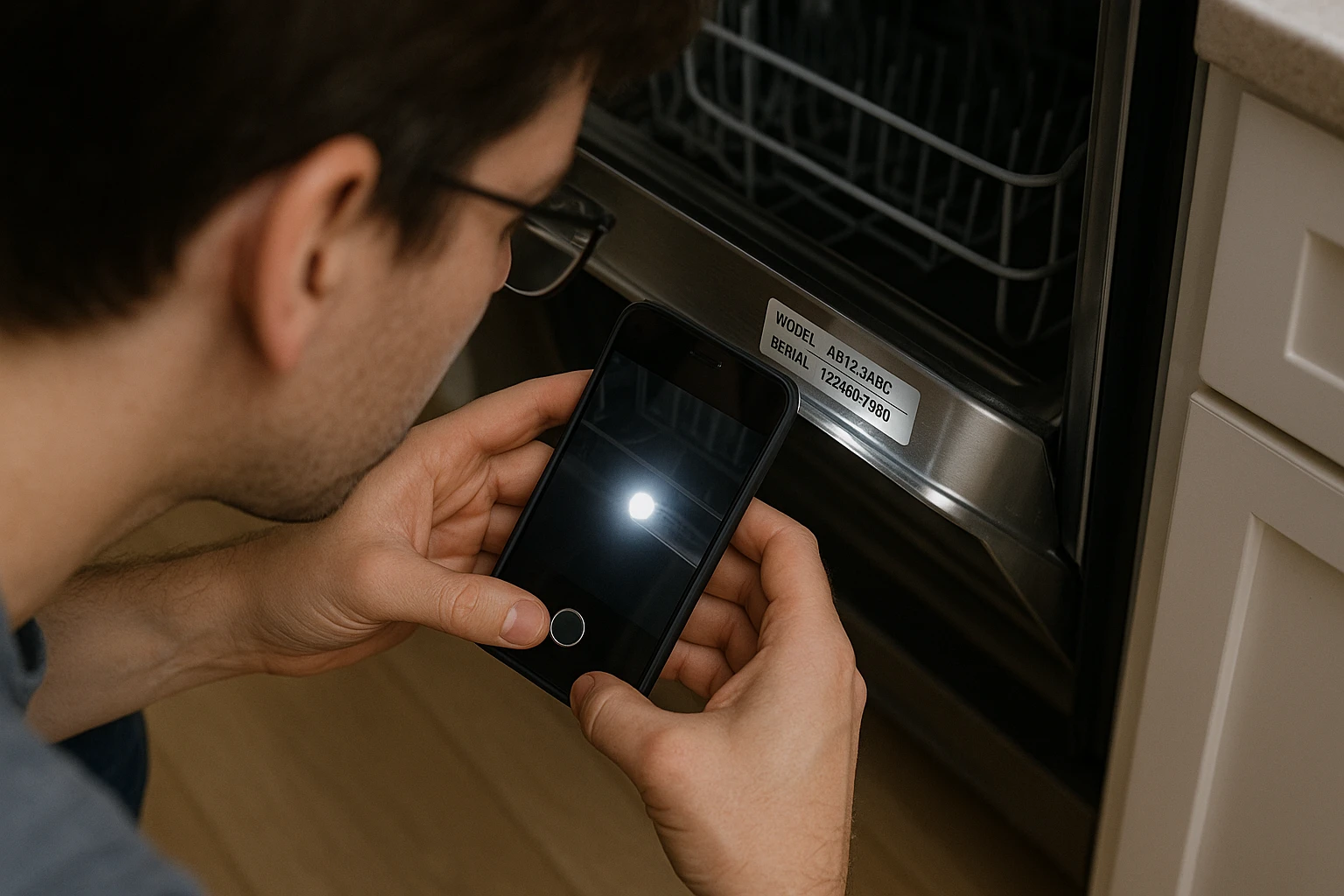 Dishwashers typically have their identification information on the door frame or inside the door itself. You might need to open the door and look around the edges to find the right sticker. Some newer models have the information printed directly on the door frame, while older models might have a separate metal nameplate.Refrigerators and freezers usually have their model and serial numbers on a sticker inside the fresh food compartment or on the back of the unit. If you can’t find it inside, you might need to pull the refrigerator away from the wall to check the back panel – just be careful not to damage the floor or the appliance’s connections.
Dishwashers typically have their identification information on the door frame or inside the door itself. You might need to open the door and look around the edges to find the right sticker. Some newer models have the information printed directly on the door frame, while older models might have a separate metal nameplate.Refrigerators and freezers usually have their model and serial numbers on a sticker inside the fresh food compartment or on the back of the unit. If you can’t find it inside, you might need to pull the refrigerator away from the wall to check the back panel – just be careful not to damage the floor or the appliance’s connections.
Using Official Recall Databases
Once you have your appliance information, using the official recall databases is straightforward. The Health Canada website has a search function that lets you enter your model number or browse by product category. When you find a potential match, read the recall notice carefully to confirm that your specific model and serial number are included.Pay special attention to the date ranges mentioned in recall notices. Many recalls only affect appliances manufactured during specific time periods, so even if your model number matches, you might not be affected if your appliance was made before or after the recall period. This is why having your serial number is so important – it often contains manufacturing date information.
What to Do If Your Appliance Is Recalled
Finding out that your appliance is recalled can feel overwhelming, but remember that recalls are actually a good thing – they mean the manufacturer is taking responsibility for safety issues and providing solutions. The key is to act quickly and follow the manufacturer’s instructions exactly.Your first step should be to stop using the recalled appliance immediately, especially if the recall involves fire, electrical, or other safety hazards. I know it’s inconvenient, especially if we’re talking about your main stove or dishwasher, but your safety is way more important than the inconvenience of finding alternative solutions for a few days or weeks.Next, contact the manufacturer directly using the information provided in the recall notice. Most manufacturers have dedicated recall hotlines staffed with specialists who can walk you through the next steps. Have your model number, serial number, and proof of purchase ready when you call – this will speed up the process significantly.Document everything throughout the recall process. Take photos of your appliance showing the model and serial numbers, keep copies of all correspondence with the manufacturer, and maintain records of any expenses you incur as a result of the recall. While manufacturers typically cover all recall-related costs, having good documentation protects you if any issues arise.
Understanding Your Rights and Options
When dealing with appliance recalls, you have specific rights as a consumer that are protected by Canadian law. Manufacturers are required to provide free remedies for recalled products, which can include repairs, replacement parts, full product replacement, or refunds. The specific remedy depends on the nature of the recall and the age of the appliance.For newer appliances, manufacturers often provide full replacements or comprehensive repairs at no cost to you. This might include sending a technician to your home to perform the work, which is particularly common for built-in appliances like ranges and dishwashers. Some manufacturers, like Wolf, specifically offer in-home service as part of their recall remedies.If your appliance is older or the safety issue can’t be adequately repaired, you might be entitled to a refund or credit toward a new appliance. The amount depends on various factors, including the original purchase price, the age of the appliance, and the manufacturer’s specific recall policy.
Setting Up Recall Notifications and Staying Informed
Being reactive about appliance recalls isn’t enough – you need to be proactive about staying informed. The best approach is to set up automatic notifications that alert you when new recalls are announced. This way, you’ll know about safety issues as soon as they’re identified, rather than discovering them months or years later.Health Canada offers a free recall notification service that sends email alerts when new recalls are announced. You can customize these notifications by product category, so you’ll only receive alerts about appliances, toys, vehicles, or whatever categories are relevant to your household. Setting this up takes about five minutes and could literally save your life.Many appliance manufacturers also offer their own notification services. When you register your appliances with the manufacturer (which you should do anyway for warranty purposes), you can often sign up for recall notifications at the same time. This gives you a direct line to safety information from the companies that made your appliances.Don’t forget to update your notification preferences when you move or change email addresses. I can’t tell you how many people miss important recall notices because they forgot to update their contact information after moving. Make updating recall notifications part of your moving checklist, right alongside updating your address with the bank and utility companies.
Creating an Appliance Safety System
Beyond just signing up for notifications, I recommend creating a comprehensive appliance safety system for your home. Start by creating a simple spreadsheet or document that lists all your major appliances, their model numbers, serial numbers, purchase dates, and warranty information. Update this document whenever you buy new appliances or discover recall information.Schedule regular recall checks as part of your home maintenance routine. I suggest checking for new recalls every quarter, around the same time you change smoke detector batteries or deep clean your dryer vents. Making it part of a regular routine ensures you won’t forget to do it.Consider joining homeowner groups or online communities where recall information is shared. Facebook groups for Vancouver homeowners, neighborhood apps like Nextdoor, and appliance-specific forums often share recall information quickly. Just make sure to verify any information you receive through these channels by checking official sources.
Frequently Asked Questions
How often should I check for appliance recalls?
I recommend checking for appliance recalls at least every three months, but ideally, you should set up automatic notifications so you’re alerted immediately when new recalls are announced. The Health Canada notification service is free and sends email alerts whenever recalls are announced in categories you’ve selected. This proactive approach is much better than periodic manual checking because some recalls involve immediate safety hazards that require quick action.
You should also check for recalls whenever you’re buying used appliances, moving into a new home, or if you notice any unusual behavior from your appliances. Sometimes appliance problems that seem minor – like knobs that feel loose or unusual sounds – can actually be signs of recalled safety issues.
What if I can’t find my appliance’s model or serial number?
Don’t panic if you can’t immediately locate your appliance’s identification information. Model and serial numbers are required by law to be displayed on appliances, but they’re not always in obvious locations. For ranges and ovens, check inside the oven door, in the storage drawer, or on the back of the unit. Dishwashers typically have this information on the door frame or inside the door itself.
If the sticker has worn off or become illegible, contact the manufacturer directly with any information you do have, such as the brand, approximate age, and where you purchased it. They may be able to help you identify your specific model. You can also check your original purchase receipt, warranty documentation, or home insurance records, which sometimes include appliance model information.
Are recall repairs really free, or are there hidden costs?
Legitimate recall repairs are completely free to consumers – that’s the law. Manufacturers are required to provide free remedies for recalled products, which can include parts, labor, shipping, and sometimes even full replacements. If anyone tries to charge you for recall-related repairs, that’s a red flag that you’re not dealing with an authorized service provider.
However, there might be some indirect costs to consider. For example, if you need to take time off work to be home for a service appointment, or if you need to purchase temporary appliances while yours is being repaired, those costs typically aren’t covered by the manufacturer. Some manufacturers offer expedited service or temporary solutions to minimize these inconveniences, but policies vary by company and situation.
What should I do if I already sold or gave away a recalled appliance?
If you’ve already sold or given away an appliance that you later discover was recalled, you have a moral and potentially legal obligation to inform the new owner about the recall. Contact them immediately with the recall information so they can take appropriate safety measures. This is especially important for recalls involving fire, electrical, or other serious safety hazards.
You should also report the sale or transfer to the manufacturer if they have a system for tracking recalled products. Some manufacturers maintain databases of recalled appliances and their current owners, which helps them reach people who might be affected by safety issues. While this might seem like a hassle, it’s an important part of keeping everyone safe.
Wrapping Up
Staying on top of appliance recalls might not be the most exciting part of homeownership, but it’s absolutely one of the most important. The recalls we’ve discussed – from LG and Samsung ranges with problematic knobs to Wolf griddles requiring in-home repairs – aren’t just abstract safety notices. They represent real risks to real families right here in Vancouver.The good news is that protecting your family from these hazards is totally manageable with the right approach. Set up those Health Canada notifications, create a simple system for tracking your appliance information, and make recall checking part of your regular home maintenance routine. It takes just a few minutes every few months, but it could prevent serious injuries, property damage, or worse.Remember, recalls aren’t something to be embarrassed about or to ignore. They’re a sign that manufacturers are taking responsibility for safety issues and providing solutions. When you discover that one of your appliances is recalled, don’t panic – just follow the manufacturer’s instructions, document everything, and know that you’re getting a free fix for a potentially dangerous problem. Your future self (and your family) will thank you for taking these simple but crucial steps to keep your home safe.



